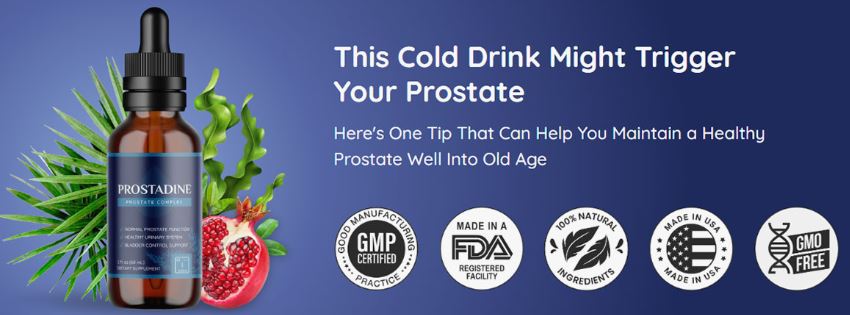What is the top reason for a man under the age of 50 to visit a urologist? Penis pain caused by prostatitis, that’s what. And yet this very common male condition is not one that is widely known – and certainly not widely understood. Knowing about prostatitis is an important component of exercising proper penis care and can have a long-term effect on both sexual health and general health.
What is prostatitis?
Prostatitis is an infection and/or inflammation of the prostate, a gland that is part of the male reproductive system. The prostate is found in men between the bladder and the penis. It secretes a fluid that mixes with sperm to create semen.
Although bacteria can be the culprit in both acute and chronic prostatitis, this occurs in only 5-10% of cases. The vast majority of cases are nonbacterial in nature and often referred to as chronic pelvic pain syndrome. In all of these cases, penis pain is a common symptom, typically reflecting a urinary tract issue.
It’s important to note (and be reassured) that there is not a relationship between prostatitis and prostate cancer. It’s also now considered rare for the condition to result from sexual sources.
Causes and symptoms
Causes that are typically associated with prostatitis include being on the receiving end of anal sex; bladder infections; catheterization; urinary tract abnormalities; and/or an enlarged prostate.
Men often have prostatitis for a long time without experiencing symptoms or without realizing the symptoms are related to prostatitis. Typical signs include penis pain or burning while urinating; a frequent need to urinate; difficulty in successfully urinating; and chills or fever.
The penis pain that accompanies urination is a classic prostatitis signal. Unfortunately, it is also a common sign of other issues, and so accurate diagnosis may require some time.
Treatment
How prostatitis is treated depends upon what is the cause. When it is bacterial in nature, antibiotics are usually recommended. Pain relievers and muscle relaxants are often prescribed when the condition is nonbacterial is nature. Many men also find relief in sitz baths (sitting in a bathtub in 2-3 inches of warm water) on a regular basis. A stool softener may be recommended, as well as prostate massage in some cases.
Dietary changes may also play a role in treatment. For example, reducing or eliminating caffeine or strongly acidic foods may help to ease the condition.
Sometimes men with chronic prostatitis find that it can cause them to feel moody or depressed, depending upon the level and frequency of pain. This can have a negative effect on their overall mental and physical well-being.
Sexual issues
Most men with prostatitis continue to have healthy sexual lives; however, in some instances there can be some pain, usually on an occasional basis, during coupling or other forms of sexual activity. The penis can still function normally; however, the discomfort that occurs may sometimes interfere with the desire and ability to engage sexually. Receiving proper treatment for prostatitis can help to relieve this issues and enable a man to fully enjoy his sexual experiences.
Any penis pain, whether the result of prostatitis or another cause, is something most men would prefer to avoid. Maintaining the instrument in good health can help reduce instances of pain and make one alert to issues that require attention. Regular use of a quality penis health creme (health professionals recommend Man1 Man Oil) should therefore be part of every man’s daily routine. Use of a crème with a potent antioxidant like alpha lipoic acid is especially advised. Alpha lipoic acid works to tackle harmful oxidative and aging processes in penis cells and keep them operating on a healthy level. Also essential in the best crèmes is acetyl L-carnitine, which is thought to behave synergistically with alpha lipoic acid. Acetyl L-carnitine helps to reverse damage to penis cell mitochondria, thereby delaying the aging process and keeping both nerve and cell function in better shape.



